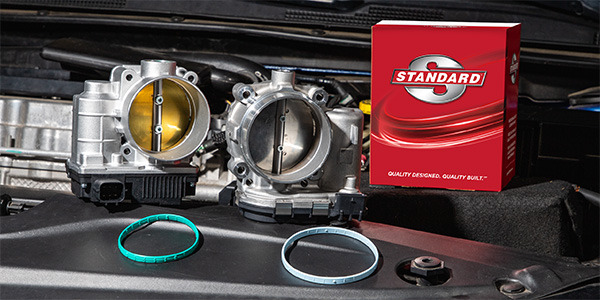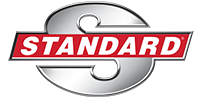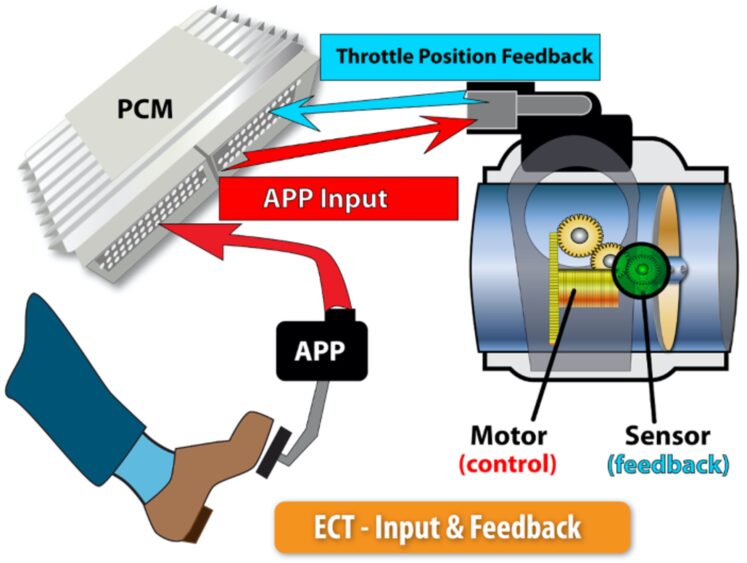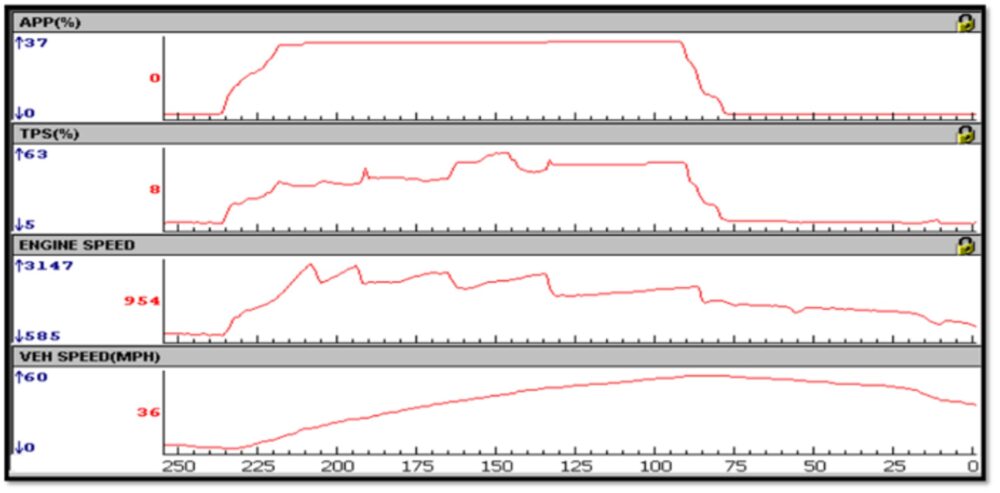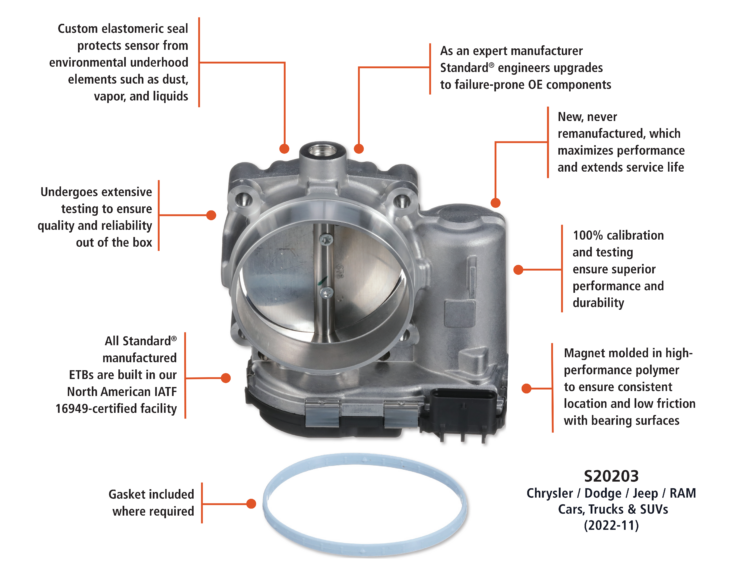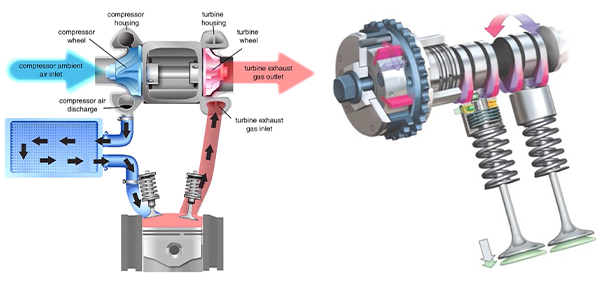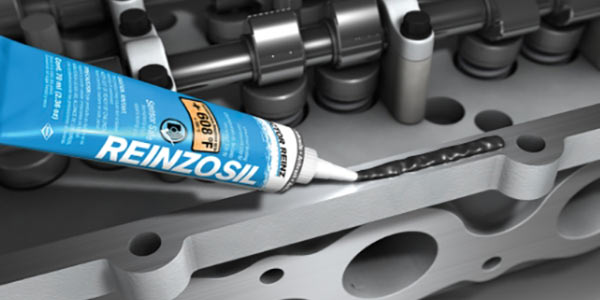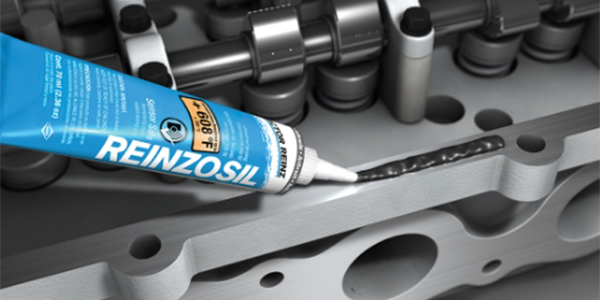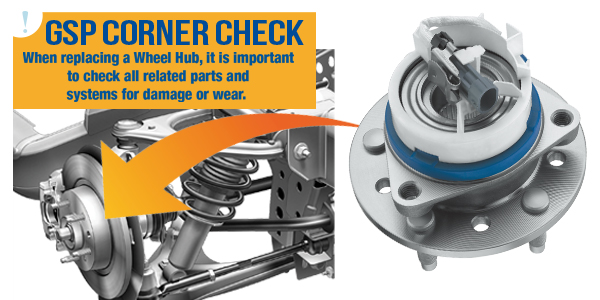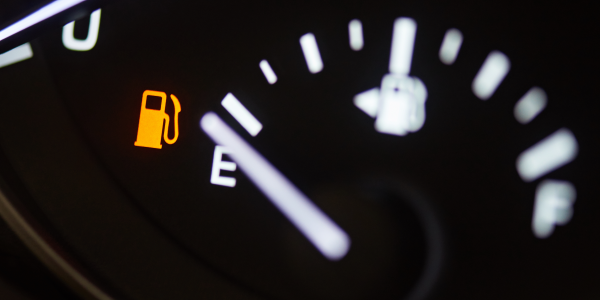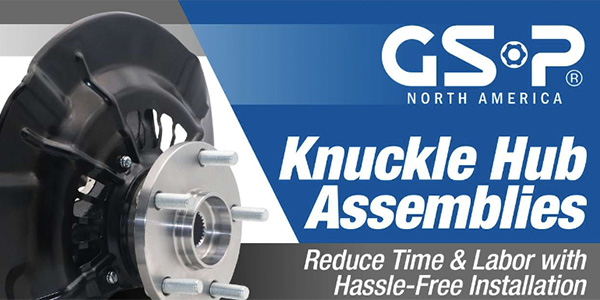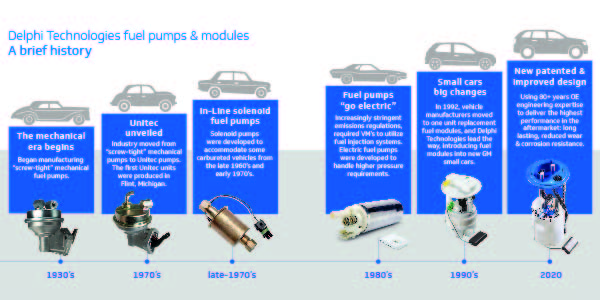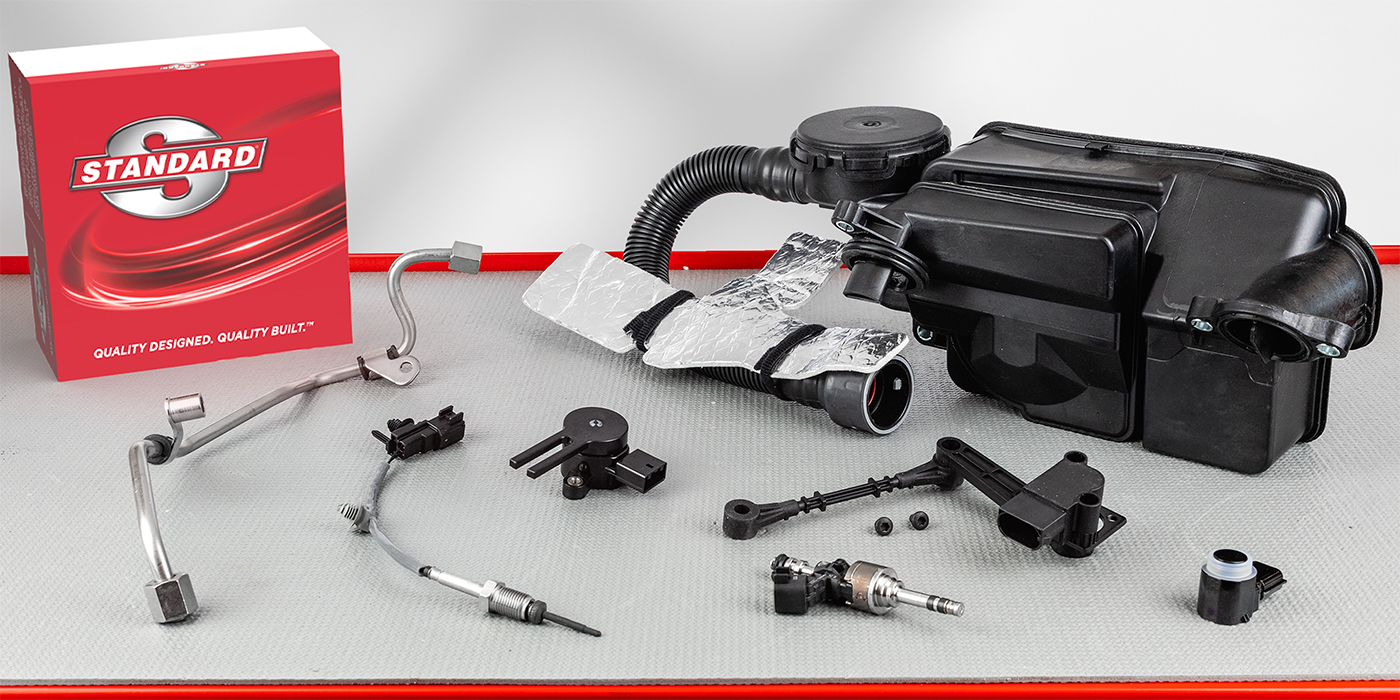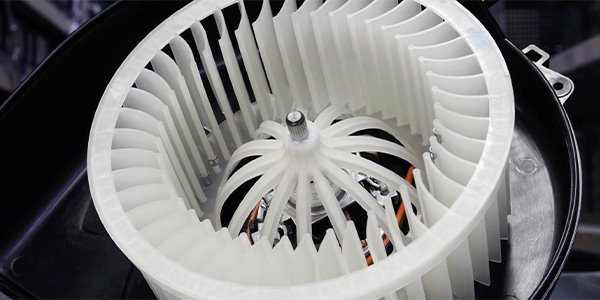A shop’s reputation is affected by things like accuracy of diagnosis, quality of the repair, and friendly service. Equally as important is the quality of the parts installed. If the shop does everything right, and the part fails, the customer will ultimately be upset with the shop. When a new part fails, the customer is inconvenienced again, and begins to lose faith with the shop that performed the work. This ultimately begs the question – why take a chance with inferior parts?
Electronic Throttle Control (ETC) has been around for decades and can be found on most vehicles. It is important for technicians to understand the principles of the system before delving into specifics.
The Accelerator Pedal Position Sensor (APP)
The Accelerator Pedal Position Sensor (APP) is the driver’s input to the PCM or ETC standalone module. In older vehicles, a throttle cable operated by physically operating the throttle blade, based on the amount of pressure applied to the gas pedal. Today, most vehicles no longer use a throttle cable, which has been replaced by APP sensors mounted on the accelerator pedal. Since input from the APP sensors is critical to vehicle safety, there is a system of checks and balances in place to prevent unintended acceleration of no acceleration. The sensors often change at varying rates to assure the system that signal lines are crossed and the system is operating correctly. Additionally, to ensure that the driver experiences a familiar feel when pressing on the accelerator pedal without a throttle cable, these pedals usually incorporate a calibrated spring assembly.
The Powertrain Control Module
The Powertrain Control Module is still the brains of the operation. While some ETC applications have a standalone control module, most rely on the PCM for control. The PCM analyzes the inputs from the APP and commands the throttle body to act appropriately. The PCM will then analyze the feedback from the multiple Throttle Position Sensors to monitor and adjust the position of the throttle blade according to the driver’s request and the vehicle’s demand.
Electronic Throttle Bodies
Most electronic throttle bodies use two wires that control the throttle body motor function, similar to the control of a power window motor. To drive the throttle blade open, power is supplied on one wire, while the other wire is supplied ground. In order to close the throttle blade, the polarities will be reversed.
The throttle body also incorporates multiple Throttle Position Sensors. These are similar to APP sensors in that multiple sensors are used for safety and each sensor operates independently of the other sensors.
The throttle body is where the actual work is performed when it receives the command from the PCM. Again, it is important to understand that there isn’t a direct correlation between the APP and the throttle opening. Just because someone has the pedal pressed to the floor, the throttle body won’t necessarily be wide open. The PCM will command how much the blade opens based on a number of inputs and driving conditions. As seen in the capture above, the driver pressed the APP all the way to 100%, but the throttle angle gradually changed and altered to protect the powertrain.
When attempting to diagnose an electronic throttle control fault, it is important to follow Diagnostic Trouble Codes carefully, always check Technical Service Bulletins and seek out software updates. Many times, the DTC will be divided into three areas: APP, logic (PCM or wiring) or throttle body (TPS). It is also important for the technician to keep in mind that other areas of the vehicle’s control system may cause throttle-related symptoms that aren’t necessarily faults of the electronic throttle control system. For example, wheel-speed sensor faults could affect throttle opening and should be diagnosed first.
Tech Tip
In order to avoid idle drivability concerns after a component from the electronic throttle system has been replaced, it is important that the PCM memory be erased, and the electronic throttle control system values be learned. This process can vary depending on the manufacturer, from a simple reflash to an extensive relearn procedure. In some cases, these values can be learned by operating the engine for two minutes in park with AC off, two minutes in park with AC on, two minutes in drive with AC off and two minutes in drive with the AC on. Always refer to service information for the specific procedure for the vehicle you’re working on.
For more tips on installation processes and relearns, check out our Standard Brand YouTube channel and view our Electronic Throttle Bodies playlist, or simply search “throttle” on the channel.
Quality First
Earlier, we mentioned the importance of selecting a quality Electronic Throttle Body – why not give your customers the best throttle body? Standard® offers the most comprehensive ETB line in the aftermarket, with more than 200 premium ETBs covering more than 190 million vehicles in operation. Every Standard® ETB is 100 percent new, never remanufactured, and includes gaskets where required for a complete repair. Additionally, Standard® ETBs undergo extensive calibration and testing including on-vehicle and end-of-line testing to make certain that every ETB performs up to the brand’s critical standards.
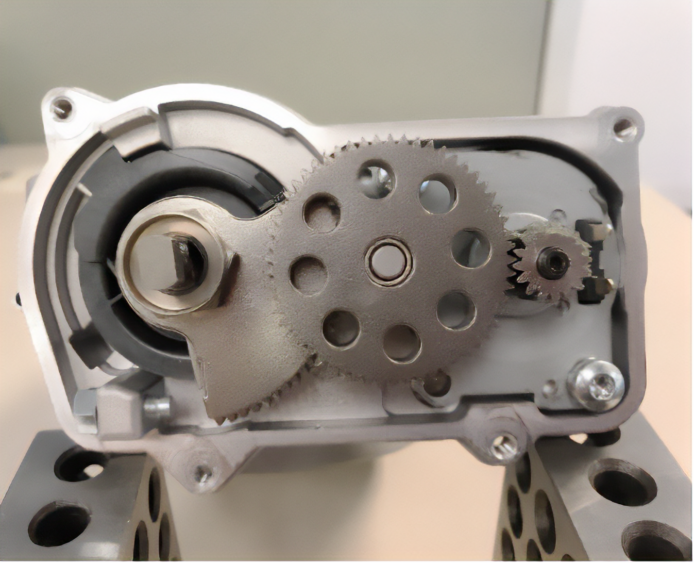
All Standard-manufactured ETBs are built in North America in an IATF 16949-certified facility. As an expert manufacturer, Standard® engineers identify weaknesses in original equipment ETBs and design upgrades to the failure-prone components. For instance, Standard® engineers noted many failures of original equipment ETB gears, so they capitalized on their extensive gear design experience to develop a stronger, longer-lasting ETB gear. During the manufacturing process, Standard® assembles and calibrates the components and validates output voltages to ensure that the replacement ETB performs as the OEM intended in all driving conditions and situations.
In addition to the highest-quality replacement ETBs, Standard offers a full line of key components necessary to repair the electronic throttle control system, including Throttle Position Sensors, Accelerator Pedal Sensors, Variable Intake Manifold Actuators, and ETB Connectors — everything needed for a complete repair. When OE fails, technicians trust Standard® to deliver all of the parts they need with quality they can trust.

